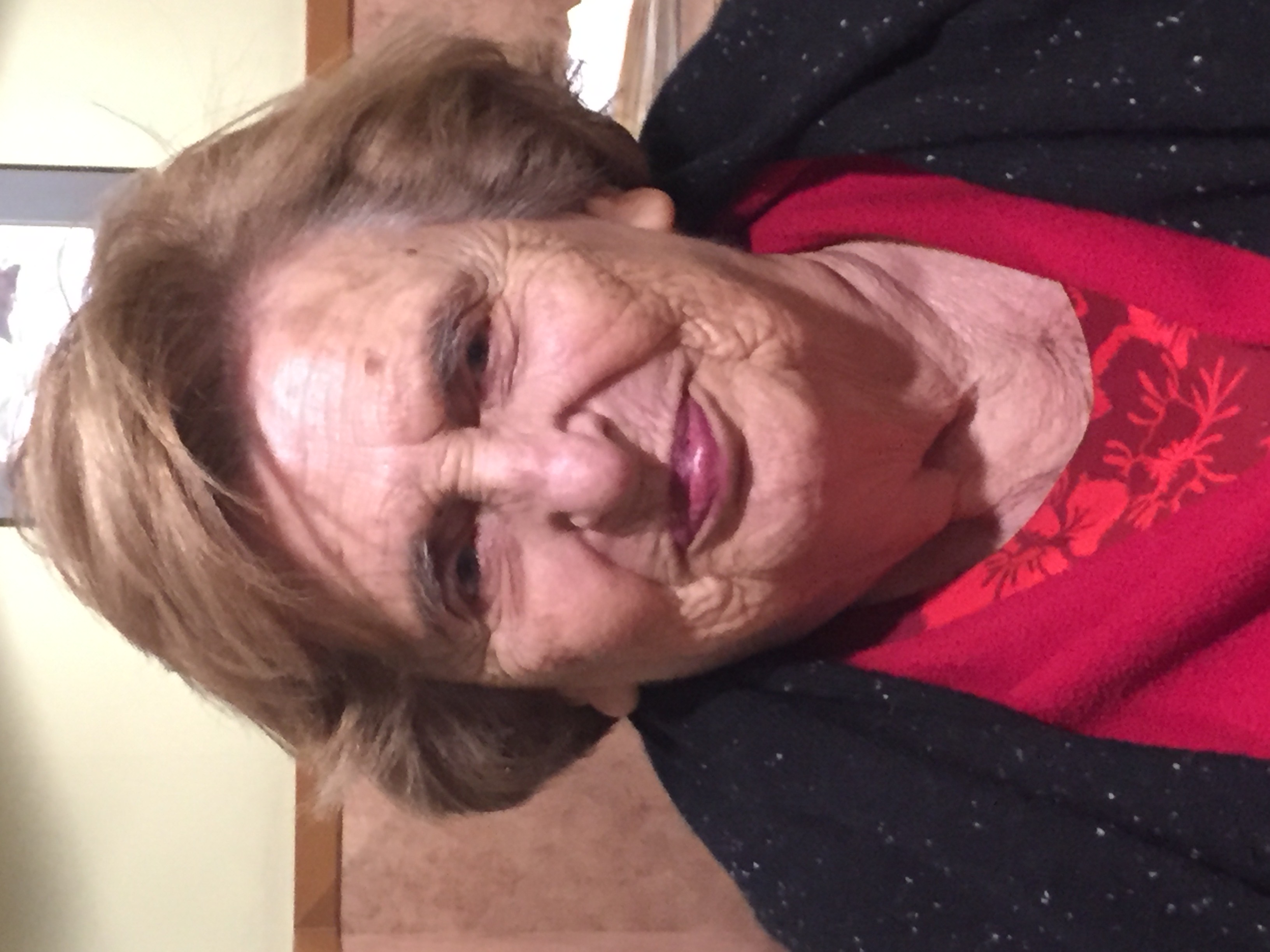Obituary for Beata Maria Kitsikis-Panagopoulos (1925-2023)
Beata Maria Kitsikis-Panagopoulos, emeritus full professor of Art and Humanities at San Jose State University, 97, died peacefully in Paris, France on April 27, 2023.
Beata Maria was born in Athens, Greece, June 27, 1925, the daughter of loving and accomplished parents, Nicolas and Beata Kitsikis. Nicolas Kitsikis was full professor and rector of the Athens Polytechnic School and had served as General Director of Public Works in the government of Eleftherios Venizelos, 1917-1920. After graduating from high school in 1943, she studied architecture at the Athens Polytechnic School and archaeology at the University of Athens. In 1947, she left Greece to escape the dangers of the impending Greek civil war. Having been awarded a scholarship to the Oriental Institute at the University of Chicago, she earned both her bachelor’s and master’s degrees in medieval art history under Professor Ulrich Middeldorf. There, she met Epaminondas (Nondas) Panagopoulos, who received his Ph.D. in American History from UChicago. The two embarked on a loving 48-year adventure in a new world. They moved to California in 1956, raised a family, and used all their resources to return regularly to Greece. 
In the 1960s, she returned to graduate school, receiving her Ph.D. in Medieval Art History from the Sorbonne University in Paris. She became a professor in the Art Department and New College at San Jose State University in 1970, where she taught until her retirement in 1988. She was the author of “Cistercian and Mendicant Monasteries in Medieval Greece” (University of Chicago Press), the only comprehensive study of the most outstanding extant Gothic monasteries built after 1204. In this work, she examined the development of Latin ecclesiastical architecture in Greece. During the late 1970s and early 1980s, she did her own research and synthesized fragmented studies surrounding certain large mansions (archondika) built in Greece and the Balkans between 1700 and 1900. Her work recognized the owners of these mansions as an emerging class of merchants, dealing in the trade of products such as leather, wax, and fabrics from the Ottoman Empire to the lucrative European markets of Madrid, Vienna, and Venice. These merchants gradually became wealthy and built homes, using itinerant builders, mostly from Greece’s Epirus and western Macedonia regions.
From 1982 to 1986, she was Kress Professor and concurrently served as the director of the Gennadius Library at the American School of Classical Studies, Athens, Greece. Under her leadership, monthly lectures, chamber music concerts and exhibits grew in popularity. The Library had an exhibit on the literary activities in Thessaloniki, another on the treasures of Mt. Sinai and the Patriarchate of Alexandria, and a third on the achievements of the American School of Classical Studies in Athens. In 1985, Athens was selected as the European Capital of Culture, and the Gennadius Library fully participated in related events throughout the year. The Library was part of five exhibitions and contributed substantially to a television program on the life of Joannes Gennadius.
In 1982, she received the Academy of Athens annual award for the humanities, and in 1992, she received the Hellenic American Professional Society of California’s Axion Award.
She published many other academic chapters and articles, including: “Greece: Modern Culture”, Encyclopedia Americana, 1958 (co-author, E.P. Panagopoulos); Aghia Sophia Church in Oakland” (Architektoniki, Oct., 1963); “Some Venetian Churches in Crete,” in Estratto Arte Veneta, 1976; “On Creativity in The People’s Republic of China” (Spring, 1976); “American Women Artists” (Zygos, Sept./Dec., 1976); “Medieval Architecture in Greece: Western Monastic Orders in the Latin States Formed on Byzantine Territory (Art et Archeologie, 1981); “Western Peloponnese, Cistercian, Franciscan, and Dominican in the 13th and 14th Centuries” (National Research Foundation, Institute of Byzantine Research, International Conference : Athens, 2004); “Death at the Firing Squad” in Women in the Resistance and the Holocaust, The Voices of Witnesses, ed. Vera Laska (1983); and “The Ceramics of Simone Kostopoulou” (Zygos, Nov./Dec., 1983).
She is survived by her son, Peter of San Francisco, Calif.; her daughter, Beata Domenica of Cambridge, Mass.; her grandson, Thanos (wife Pamela) of Summit, NJ; great grandchildren, Nicholas and Theodorus of Summit, NJ; and her sister, Elsa Schmid-Kitsikis (husband Christian) of Geneva, Switzerland. She was predeceased by her husband, Nondas, and her brother, Dimitri Kitsikis.
She was passionately devoted to her family, her research, and her homeland of Greece.
A celebration of her life will be held in September in Athens, Greece.